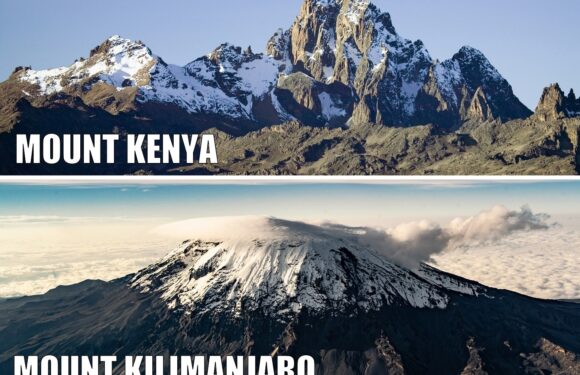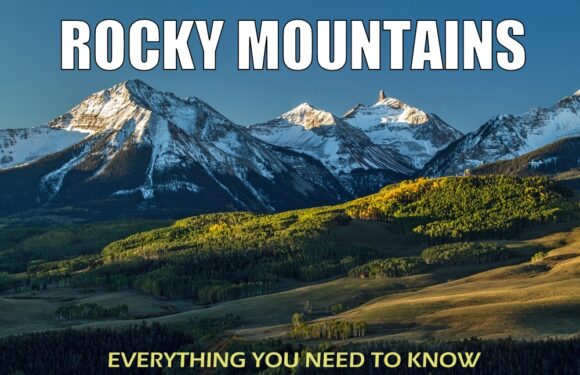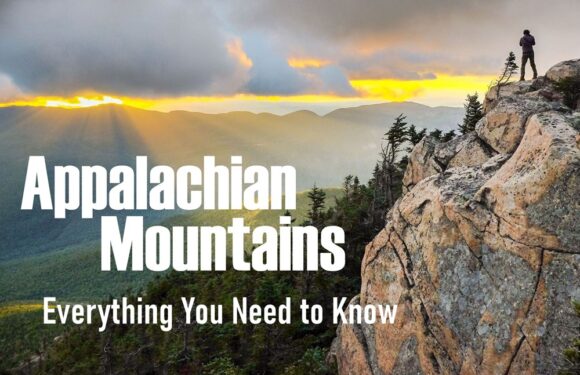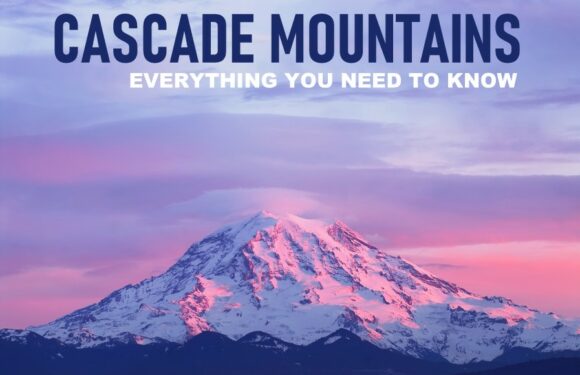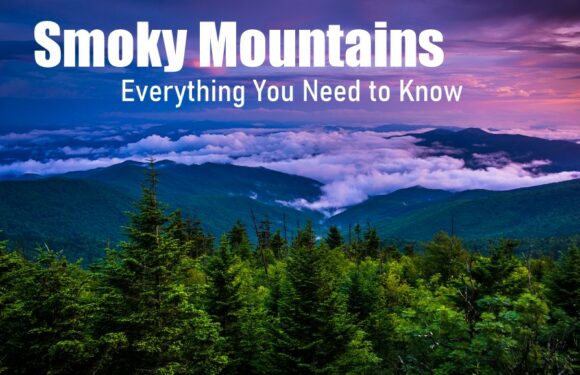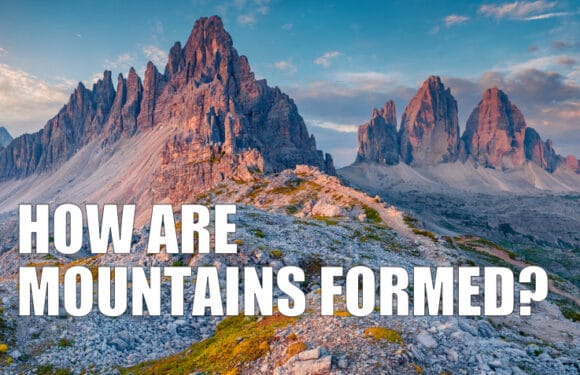
Mount Everest, the highest peak on Earth, stands on the border between Nepal and the autonomous region of Tibet in China. It is part of the Himalaya mountain range, which stretches across five countries in Asia—Bhutan, India, Nepal, China, and Pakistan. This range is home to the tallest mountains in the world includes over 50 mountains exceeding 23,600 ft (7,200 meters) in elevation.
Mount Everest soars to a staggering 29,029 feet (8,848 meters) above sea level. It lies at the geographical coordinates of 27.9881° N latitude and 86.9250° E longitude.
The Himalayas are known as the “abode of the snows” in Sanskrit. Everest is known by other names too: “Sagarmatha” in Nepal, meaning “Forehead of the Sky,” and “Chomolungma” in Tibet, translating to “Goddess Mother of Mountains.” These names reflect the mountain’s reverence in local cultures and its towering presence,
How to Get There

Travellers typically begin their journey to Everest by flying into Tribhuvan International Airport (KTM) in Kathmandu, Nepal. From Kathmandu, a short flight to Lukla’s Tenzing-Hillary Airport (LUA), which is one of the most dangerous airports in the world due to its short runway and surrounding high terrain, brings climbers close to the heart of the high Himalayas. From Lukla, a trek of approximately 8-10 days through is required to reach Everest Base Camp, located on the mountain’s south side at 17,598 feet (5,364 meters).
Everest Base Camp itself is a destination for many trekkers. It serves as a bustling hub during the climbing seasons in spring and autumn. With tented camps for climbers, Sherpas, and a variety of support staff, the base camp buzzes with activity, serving as the launching ground for summit expeditions.

Accessing the north side of Mount Everest starts with a flight to Lhasa, the capital of Tibet. From Lhasa, a 4-5 day drive across the Tibetan plateau is required to reach Everest North Base Camp, situated at 16,900 feet (5,150 meters (16,900 feet).
Routes to the Summit

The ascent to Everest can be approached from two main routes: the South Col Route from Nepal and the North Ridge Route from Tibet.
South Col Route (Nepal)
- Accessibility: More accessible due to Nepal’s well-established trekking culture. Climbers fly into Kathmandu, followed by a trek to Everest Base Camp.
- Popularity: It’s the more popular and frequently used route, partly because it’s the route taken by Sir Edmund Hillary and Tenzing Norgay during the first successful summit in 1953.
- Technical Aspects: While still extremely challenging, the South Col route is considered less technically difficult than the north, with more established and frequent camps to aid climbers.
- Traffic: Due to its popularity, this route often experiences significant crowding during the climbing seasons in spring and autumn, which can lead to bottlenecks.
- Risks: Includes crossing the Khumbu Icefall, known for its dangers from ice shifts and crevasses.

North Ridge Route (Tibet)
- Accessibility: Less accessible due to the political and geographical constraints of Tibet. Requires more permits and typically more expensive due to the logistics involved.
- Popularity: Less crowded, which can offer a more solitary climbing experience but with fewer rescue resources.
- Technical Aspects: Generally considered more technically challenging with features like the treacherous Second Step, a near-vertical rock face. The entire route is also exposed to the elements for a longer duration.
- Traffic: Less traffic compared to the south side, which can reduce the risks associated with overcrowding.
- Risks: Exposed to high winds and colder temperatures. The summit day is longer and more arduous compared to the south route.
Everest is one of the most dangerous mountains in the world to climb, though the death rate has been decreasing in the past couple decades.
Everest’s Cultural Importance
Mount Everest holds cultural and spiritual significance for the Sherpa community, a group of indigenous people from the eastern regions of Nepal. The Sherpa people are famous for their exceptional mountaineering skills and deep-rooted connection to the Himalayas.

For the Sherpa, the mountains of the Himalayas are sacred, embodying deities and spirits that inhabit the natural world. Mount Everest, as the highest peak, is particularly revered and is often seen as a deity in itself. The Sherpas believe that powerful gods and goddesses, such as Miyolangsangma, the “Goddess of Inexhaustible Giving,” reside within Everest. This goddess is believed to control the fortunes of those who venture onto the mountain’s slopes. Sherpas perform rituals and offer prayers before embarking on expeditions to seek the blessings of these deities and to ensure a safe passage.
Traditional Sherpa culture involves the practice of Buddhism, which influences their respect for all living beings and the environment. Before any climbing season begins, a Buddhist ceremony called the Puja is held at base camp to appease the mountain gods and ask for protection during the climb. This ritual involves prayer flags, incense, and offerings, highlighting the interweaving of their spiritual practices with mountaineering activities.

Economics of Everest
Economically, Mount Everest is a source of livelihood for many Sherpa people. The influx of climbers and trekkers from around the world has transformed the local economy. Sherpas often work as guides, porters, and cooks on expeditions, utilizing their intimate knowledge of the terrain and their acclimatization to high altitudes. The growth of tourism related to Everest has led to better educational facilities, healthcare, and infrastructure in Sherpa communities, improving the overall quality of life.
The Sherpa also own and operate trekking companies, lodges, and equipment rental services. However, this dependence also comes with risks. The climbing season is brief, and the local economy can be vulnerable to fluctuations in tourism caused by political, environmental, or health-related factors.

Balancing Tradition and Modernity
As the Sherpas navigate their relationship with Everest in the modern era, there is a delicate balance between honoring their cultural heritage and adapting to the opportunities and challenges brought by global interest in Everest. While the economic benefits are substantial, there are ongoing discussions within the community about sustainable tourism practices that respect the mountain’s sacred status and minimize environmental impact.






















































